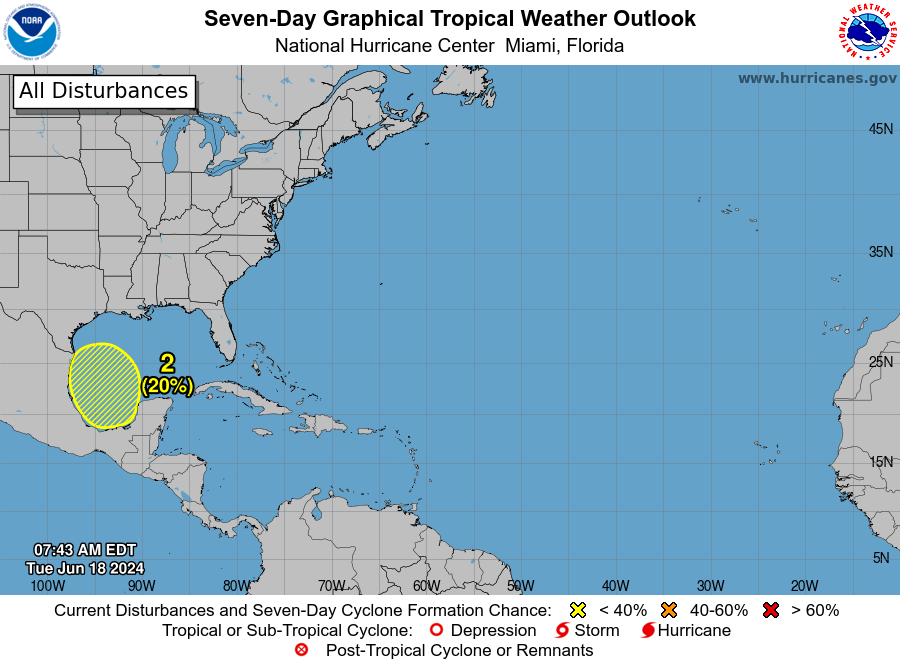Jun. 1—North Alabama volunteer firefighters and Decatur Fire & Rescue lateral hires just wrapped up the second week of an intense 260-hour, six-week “bridge” course designed to qualify them for full-time careers in firefighting.
Seven students Thursday afternoon took turns properly deploying and redeploying a heavy hose from a fire engine. A sign above a nearby pull-up bar read: “Pain is temporary. Pride is forever.” The engine’s red paint radiated heat from an unforgiving sun. The students, in overalls and helmets, will next week wear full “turnout gear” and test their skills against an actual fire.
“This is what we call a bridge program,” said DFR Lt. John Mims. “What it does is transition firefighters who have already been pre-certified at 160 hours, which is a volunteer certification, and it transitions them to full career status.
“We’ve also hired several people in this department that are coming from out of state. Alabama has one of the highest standards when it comes to career firefighter training, so they have to get additional hours so that they can work here.”
Mims said this is the first time the bridge course has been offered at DFR’s Regional Training Center.
Cory Fuller already has eight years of firefighting experience in Florida and Tennessee. He was recently hired by DFR but needs additional training hours to meet Alabama’s high standards.
“Coming from different states, I would have to say Decatur is on top of what works with new tactics and staying on top of things, and so I’m learning stuff that I’ve never even done with my own hands before,” he said. “Even though I’ve been a firefighter for eight years, I’m a better firefighter today in week two than I was in those years.”
Jayden Thomas is one of three volunteer firefighters from Vinemont receiving training. He just turned 18.
“It’s rough,” he said of the training. “I haven’t gotten this much in-depth training before.”
It will get rougher.
“Next week will probably be one of the toughest weeks in their entire program,” Mims said. “It’s called SCBA (self-contained breathing apparatus) week. They’ve got to get used to working in this heat — it is extremely grueling — and so we’ve been working with them over the last two weeks to get them conditioned to handle the heat and intensity we’re about to step into next week.”
Thomas said his ultimate goal is to work for DFR; however, the training is not a guarantee of employment. Firefighters who become fully certified with 400 hours of training have one year to secure full-time employment. If they don’t, they have to complete the training all over again before reapplying.
Mims said the first week of training was mostly classroom instruction. Since then, the students have been outside every day doing drills. They won’t get another respite from the sun until they reenter the classroom for a day in Week 5.
“We bring in subject matter experts to teach certain things: ladders, hoses, water supply, rapid intervention team stuff,” he said. “Tomorrow afternoon, we’ll actually light up the burn room, let them see thermal layering, the fire growth, just to give them a taste. Then next week, they’ll actually be in the heat with the fire room going and advancing lines and putting water on fire.”
Mims said they don’t normally train this time of year because of the heat. He said instructors are being very careful to give lots of breaks, since safety is their primary goal.
Thursday’s activity — unfolding and folding a hose — may seem simple enough to an observer, but practicing the action until it becomes rote is crucial for efficient fire attacks.
“This hose is probably about 50 pounds per 50-foot section, but that’s dry,” explained DFR Division Chief Christopher Phillips. “Water weighs 8.8 pounds per gallon, and you’re going to have about 3 gallons per section. So, that’s the importance of having the hose laid out properly before you put the water in it. Because once you put the water in it, you quadruple the weight, and maneuvering it is a lot less effective.”
Phillips said there’s a lot that goes through a firefighter’s mind as one approaches a fire with a hose: reading the building, using knowledge of construction to determine where walls most likely are, figuring out the straightest path to the fire, etc.
“It’s almost like a golfer, you know, practicing his drive,” he said. “It looks so natural, but you don’t see the countless hours he spent to get that swing just perfect. It’s all very choreographed, but hopefully to the spectator it looks spontaneous.”
The fire engine holds 750 gallons of water. If needed, it can hook up to a fire hydrant for more water.
“A second fire truck can connect their hose to a hydrant, drive to the first fire truck and take their hose and hook it in,” Phillips said. “It’s an orchestrated thing, too. These guys will be practicing that the week after next.”
The cost of the training — $725 — is not paid by taxpayers, according to Phillips. Volunteer firefighters must pay for it themselves or receive funding through scholarships.
In addition to lateral hires, DFR also recently hired nine firefighters through open recruitment. Those recruits will complete a 10-week, 400-hour course this fall.
“I didn’t really consider Decatur at first, but they posted the training on Facebook,” Fuller said. “I looked at the Department. I came down here and talked with the people, and I was like — this is the culture I want to be a part of.”
View our Print Replica
— david.gambino@decaturdaily.com or 256-340-2438.
Signup bonus from




